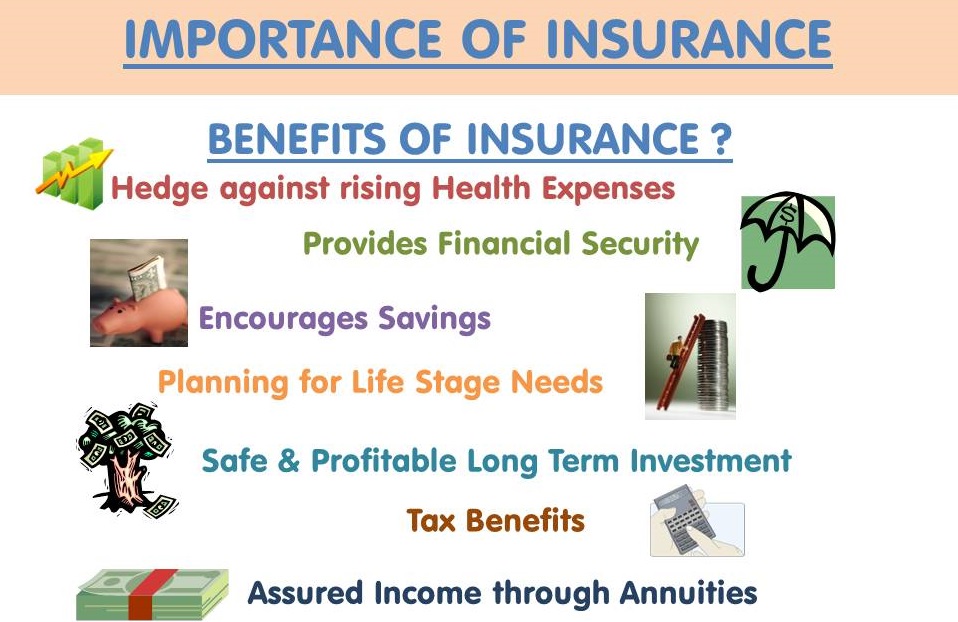A Biased View of Pacific Prime
A Biased View of Pacific Prime
Blog Article
Some Ideas on Pacific Prime You Should Know
Table of ContentsWhat Does Pacific Prime Mean?Things about Pacific PrimeNot known Incorrect Statements About Pacific Prime The 7-Minute Rule for Pacific PrimeThe Ultimate Guide To Pacific Prime

This is because the data were collected for a period of solid financial efficiency. Of the approximated 42 million individuals who were without insurance, just about about 420,000 (concerning 1 percent) were under 65 years old, the age at which most Americans end up being qualified for Medicare; 32 million were grownups between ages 18 and 65, about 19 percent of all adults in this age team; and 10 million were youngsters under 18 years of age, concerning 13.9 percent of all children (Mills, 2000).
These price quotes of the number of individuals without insurance are generated from the yearly March Supplement to the Present Population Survey (CPS), conducted by the Demographics Bureau. Unless otherwise kept in mind, national price quotes of people without health insurance policy and percentages of the populace with different sort of insurance coverage are based on the CPS, one of the most widely made use of resource of estimates of insurance policy protection and uninsurance rates.
Get This Report about Pacific Prime

Still, the CPS is specifically beneficial since it creates annual estimates reasonably swiftly, reporting the previous year's insurance coverage approximates each September, and due to the fact that it is the basis for a constant set of estimates for greater than two decades, enabling evaluation of trends in protection with time. For these reasons, along with the considerable usage of the CPS in other studies of insurance policy coverage that exist in this record, we count on CPS quotes, with limitations kept in mind.

The estimate of the variety of uninsured individuals increases when a populace's insurance standing is tracked for several years. Over a three-year duration beginning early in 1993, 72 million individuals, 29 percent of the united state population, were without coverage for at the very least one month. Within a solitary year (1994 ), 53 million people experienced a minimum of a month without insurance coverage (Bennefield, 1998a)
6 out of every ten uninsured adults are themselves employed. Working does improve the likelihood that one and one's household members will certainly have insurance coverage, it is not an assurance. Even participants of households with 2 full-time breadwinner have virtually a one-in-ten opportunity of being without insurance (9.1 percent uninsured rate) (Hoffman and Pohl, 2000).
The 2-Minute Rule for Pacific Prime
New immigrants make up a considerable percentage of individuals without medical insurance. One analysis has associated a substantial portion of the recent development in the dimension of the united state uninsured population to immigrants that got here in the country between 1994 and 1998 (Camarota and Edwards, 2000). Recent immigrants (those who involved the United States within the past four years) do have a high price of being without insurance (46 percent), yet they and their children account for just 6 percent of those without insurance policy across the country (Holahan et al., 2001).
The relationship between health and wellness insurance policy and accessibility to care is well established, as documented later in this chapter. Although the connection my link in between wellness insurance policy and health results is neither straight nor easy, a considerable clinical and health services research literature links medical insurance protection to better accessibility to care, far better top quality, and improved personal and population wellness status.
Degrees of analysis for taking a look at the impacts of uninsurance. This discussion of wellness insurance coverage concentrates mostly on the U.S. populace under age 65 since essentially all Americans 65 and older have Medicare or other public insurance coverage. Moreover, it focuses especially on those with no medical insurance for any kind of length of time.
Examine This Report on Pacific Prime
The troubles encountered by the underinsured are in some aspects comparable to those dealt with by the uninsured, although they are typically much less severe. Wellness insurance, nevertheless, is neither necessary neither adequate to acquire access to medical services. The independent and straight impact of health insurance coverage on access to health and wellness services is well developed.
Others will certainly acquire the healthcare they need also without health and wellness insurance, by paying for it out of pocket or seeking it from suppliers who supply care cost-free or at extremely subsidized rates. For still others, medical insurance alone does not make sure receipt of treatment as a result of various other nonfinancial obstacles, such as an absence of wellness care service providers in their community, restricted access to transport, illiteracy, or etymological and social distinctions.
The Ultimate Guide To Pacific Prime
Official study concerning uninsured populaces in the USA dates to the late 1920s and early 1930s when the Committee on the Expense of Treatment produced a collection of records concerning financing medical professional workplace check outs and hospitalizations. This concern ended up being significant as the numbers of clinically indigent climbed up during the Great Depression.
Report this page